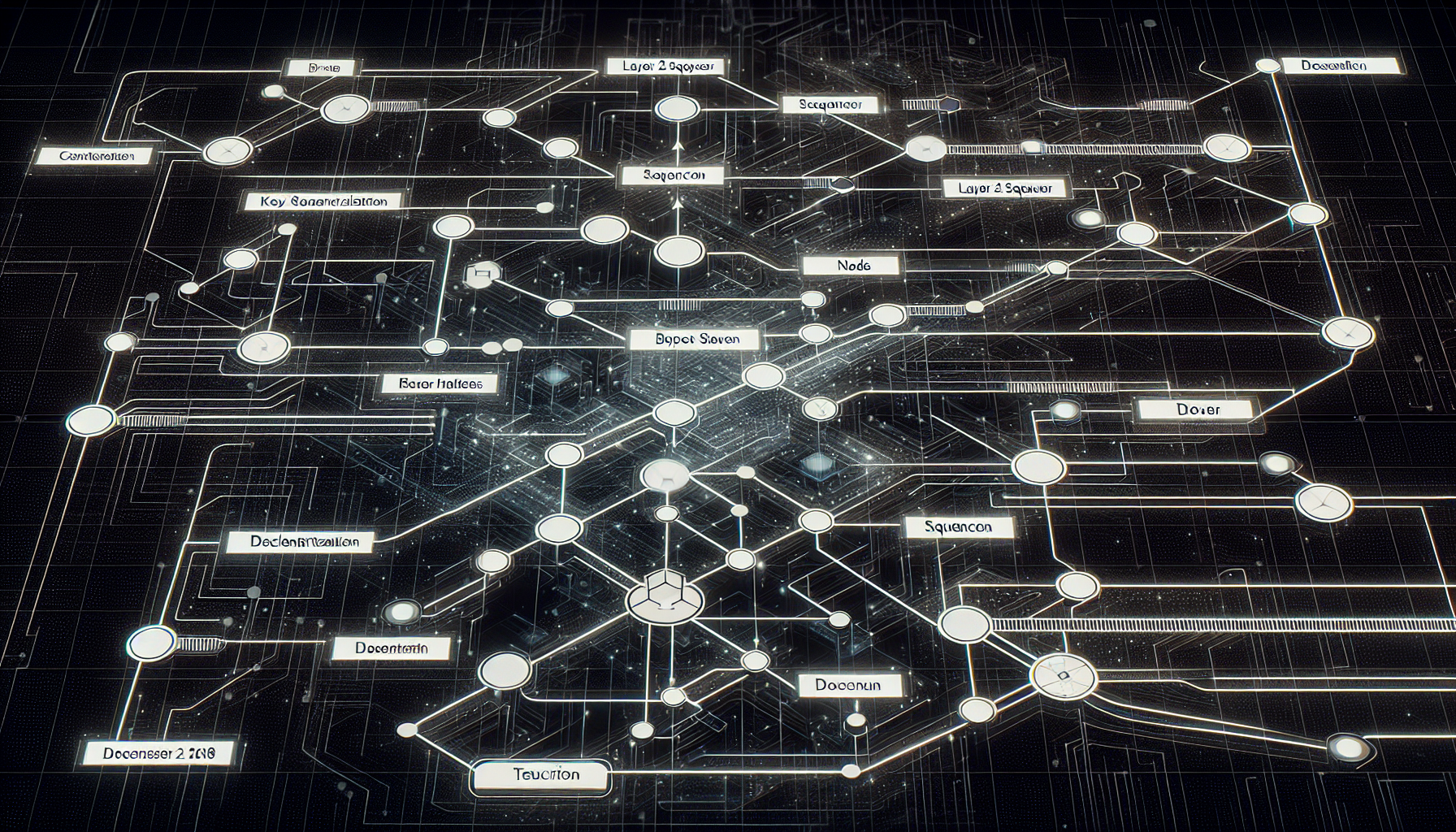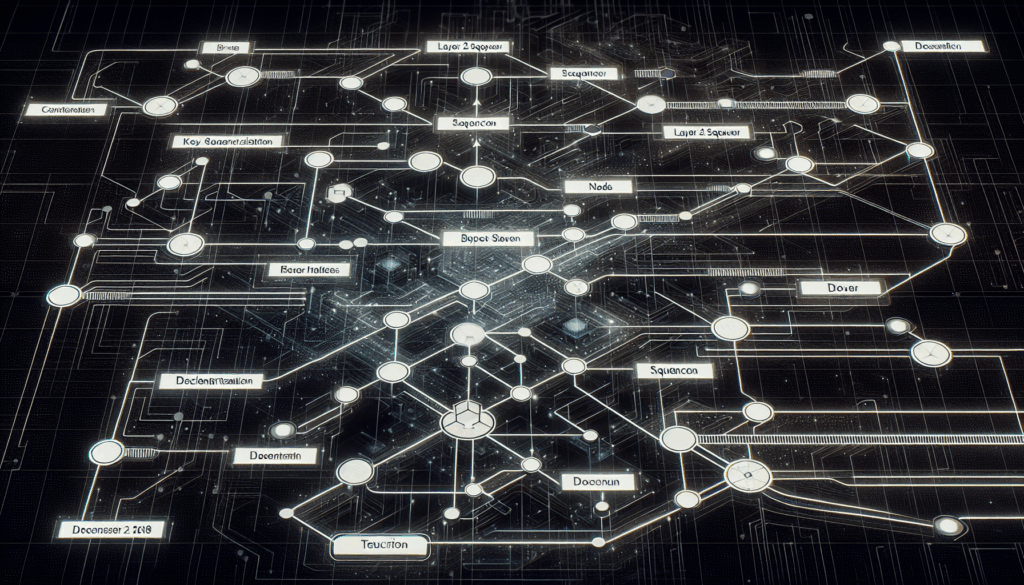Can Decentralization Revolutionize Layer 2 Solutions?
In today’s crypto world, decentralization is at the forefront of discussions, especially regarding Layer 2 solutions. But did you know that a staggering 85% of blockchain users are still unaware of the impacts decentralization can have on the scalability of transactions? With so much riding on the evolution of blockchain technology, understanding the roadmap for Layer 2 sequencer decentralization is crucial.
What is Layer 2 Sequencer Decentralization?
At its core, Layer 2 technology refers to protocols built on top of existing blockchains that enhance transaction throughput and reduce congestion. Sequencers play a pivotal role in these networks, processing and ordering transactions. However, decentralizing these sequencers can address several pressing issues, including censorship risks and points of failure.
Key Benefits of Decentralization
- Increased Security: A decentralized sequencer system minimizes vulnerabilities, making it tougher for malicious actors to disrupt operations.
- Enhanced Trust: Users can engage with a trustless system, knowing that no single authority oversees transactions.
- Scalability: Decentralized Layer 2 solutions can foster a more extensive ecosystem of users and developers, further driving innovation.
Current State of Decentralization in Layer 2 Networks
As of now, many Layer 2 solutions like Optimistic Rollups and zk-Rollups are pushing towards decentralization. For example, Chainlink recently proposed a roadmap emphasizing community governance to allow users better control over sequencers. This approach is gaining traction, especially in regions like Singapore, where regulations are continuously evolving to accommodate these technological advancements.

Identifying Potential Risks
It’s not all roses when it comes to decentralization. There are inherent challenges, such as:
- Network Fragmentation: A decentralized approach may lead to various competing protocols without a unified standard, complicating user experiences.
- Performance Overheads: Redundant processes can slow down transaction speeds if not managed correctly.
Looking Ahead: The Decentralization Roadmap for 2025
Experts agree that by 2025, we’ll likely see significant adoption of decentralized sequencers in layer 2 networks. This transition could lead to:
- Interoperability: Improved connections between multiple blockchain environments.
- User Acceptance: Higher satisfaction rates as users learn to enjoy a trustless nature without sacrificing speed.
Conclusion: Taking Action Today
In summary, the journey toward Layer 2 sequencer decentralization is not only fundamental for enhancing blockchain technology but also vital for ensuring its widespread adoption. As we look towards 2025, now is the time for developers, investors, and users to explore these advancements further. Don’t get left behind in the rapidly evolving world of digital currencies. Start researching today!
For more insights, check our related articles on blockchain basics and understanding digital currency trends.
Disclaimer: This article is for informational purposes only and should not be considered as financial advice. Please consult your local regulatory bodies before making any investment decisions.
